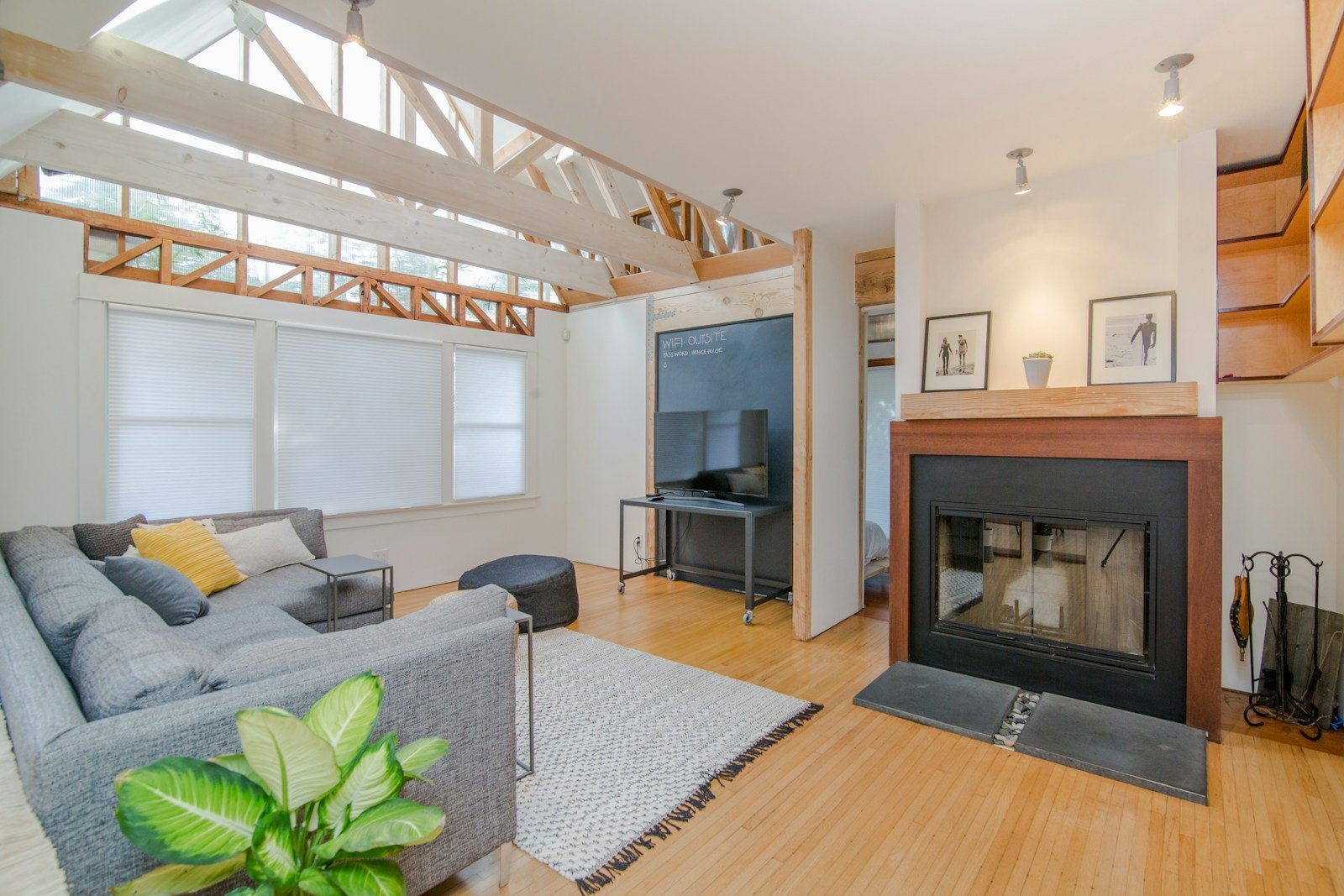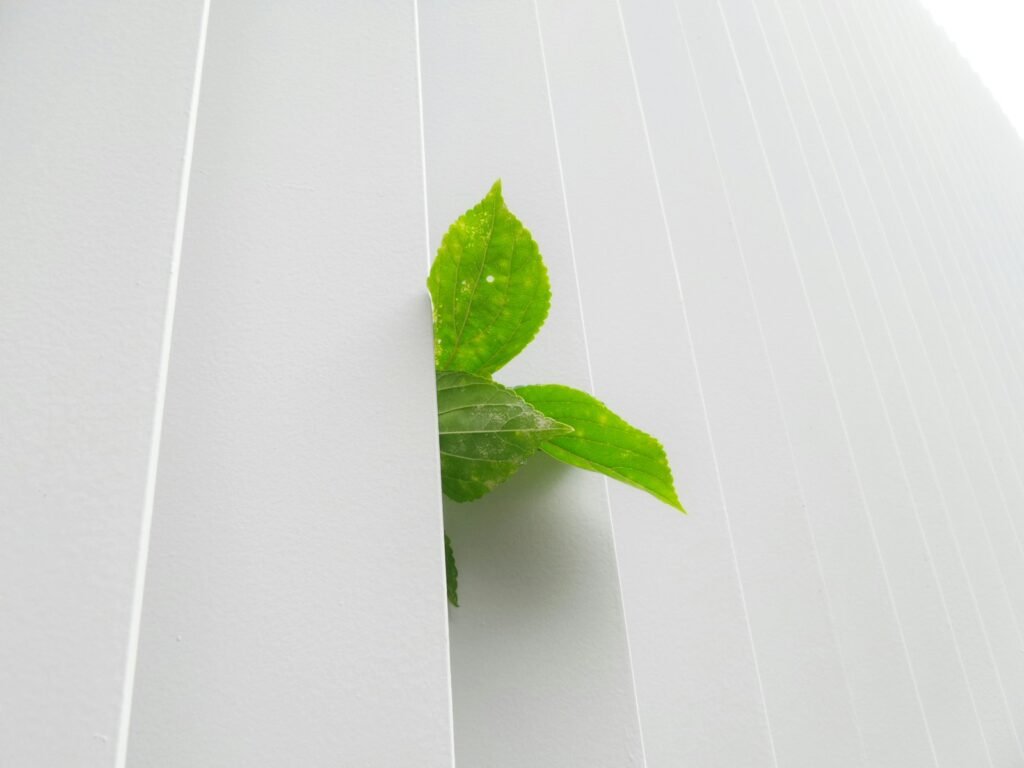Extreme weather is no longer a distant threat—it’s happening now, in cities and neighborhoods across the globe. Heatwaves last longer. Storms arrive with greater force. Power grids fail during peak demand. For renters and urban dwellers, the idea of “building a climate-resilient home” often feels out of reach. Renovations are expensive, permission is required, and the idea of moving isn’t realistic for most.

But resilience doesn’t require structural changes. It’s built through smart, accessible actions that protect your space, comfort, and safety—without tearing down walls or breaking the bank.
This guide shows you how to make your current home more resistant to climate extremes using passive design, moisture control, and disaster readiness—all without permanent modifications. These are upgrades that anyone can implement, whether you live in a high-rise apartment, a basement unit, or a small studio in a dense neighborhood.
Passive Cooling: Keep Your Space Cool Without AC
When temperatures climb, indoor heat becomes unbearable. But you don’t need a new HVAC system to stay comfortable.
Control the Sun Before It Enters
Sunlight is the primary driver of indoor heat gain. The moment sunlight hits your walls, windows, or ceiling, it transfers heat into your living space. Blocking that heat at the source is the most effective cooling strategy.
Use thick, opaque curtains or blinds that cover your windows entirely during the hottest hours—typically 10 a.m. to 6 p.m. Blackout curtains are ideal because they block both light and heat. If you can’t install permanent window treatments, opt for removable, foldable shades or even heavy-duty fabric drapes. Hang them from a tension rod that doesn’t require drilling.
Reflect Heat Away with Film
Even with curtains, some heat still enters through glass. Apply a reflective window film—self-adhesive and removable—to the inside of your windows. It reduces solar heat gain by up to 70% without darkening the room. These films are easy to install, leave no residue, and can be removed when you move.
Maximize Airflow with Strategic Ventilation
Air movement cools the body. Even if your space isn’t air-conditioned, proper airflow can make a significant difference.
Open windows on opposite sides of your apartment when outdoor temperatures are cooler—early morning or late evening. Use fans to pull air through the space. Position a fan near an open window to draw in fresh air from outside and push hot air out through another opening. This cross-ventilation strategy can lower indoor temperatures by 5–10 degrees Fahrenheit.
Avoid using fans during peak heat if the outside air is hotter than inside. Instead, use them at night to cool the space before bedtime.
Use Plants to Cool and Humidify Naturally
Indoor plants absorb heat and release moisture through transpiration, which helps cool the air. Choose low-maintenance, heat-tolerant species like snake plants, pothos, spider plants, or ZZ plants. Place them near windows or in corners where air circulation is low.
They also improve air quality, which is especially important during heatwaves when indoor pollution can increase.
Moisture Control: Stop Dampness Before It Starts
High humidity makes hot weather feel worse. It also invites mold, mildew, and structural damage—especially in older buildings or apartments with poor ventilation.
Manage Humidity with Simple Tools
A small, plug-in dehumidifier is one of the most effective tools for renters. Choose a model with a built-in humidity sensor and automatic shut-off. Run it in high-moisture areas like bathrooms, kitchens, or basements. Even a few hours a day can prevent dampness from building up.
If you don’t want to buy one, use moisture-absorbing packs—commonly found in shoeboxes or drawers. Place them in closets, under sinks, or in corners where condensation collects. Replace or recharge them regularly.
Prevent Water Damage with Smart Placement
Water damage from leaks or floods can be catastrophic—even in a single room. Elevate furniture to protect it.
Use stackable risers, plastic storage trays, or even sturdy books under the legs of desks, bookshelves, or cabinets. This small step prevents water from pooling and damaging your belongings during a burst pipe or heavy rain.
Keep a small, absorbent mat or towel at the entrance to your apartment or near your shower. Use it to wipe off wet shoes or catch spills before they spread.
Seal Gaps That Let in Damp Air
Air leaks around windows, doors, and electrical outlets can let in humid outdoor air. Use draft stoppers or rolled-up towels to seal gaps under doors. Apply weatherstripping tape to window frames if allowed by your lease. These are temporary, removable solutions that don’t require tools.
Disaster-Ready Design: Prepare for the Unexpected
Climate-related disasters—storms, power outages, heatwaves, flooding—are becoming more common. Your home should be ready, even if you can’t move or rebuild.
Build a Portable Emergency Kit
Keep a ready-to-go emergency kit in a waterproof bag or backpack. Store it in a place you can access quickly—near your bed, in a closet, or by the door.
Include:
- Flashlights with extra batteries
- Battery-powered or hand-crank radio
- Portable phone charger (power bank)
- Non-perishable food (3–5 days’ supply)
- Bottled water (1 gallon per person per day)
- First aid kit
- Multi-tool or pocket knife
- Whistle (for signaling)
- Personal documents in a sealed plastic bag
Keep the kit updated every 6 months.
Prepare for Flooding with Temporary Barriers
If your apartment is on a lower floor or near a storm drain, water can enter quickly during heavy rain. Use improvised barriers to slow or block entry.
Fill plastic bottles with sand, water, or even old clothes and line them along doorways or entry points. Stack them tightly to form a wall. These are easy to assemble and remove. For extra protection, use a tarp or heavy-duty plastic sheeting draped over the top of the barrier.
Secure Heavy Items to Prevent Injury
During earthquakes or strong winds, unsecured furniture can tip over and cause injury.
Use rope, bungee cords, or Velcro straps to anchor bookshelves, TVs, or cabinets to the wall. If you can’t attach to the wall, place heavy objects on the bottom shelf and keep lighter items on top.
Avoid placing large, heavy items on high shelves. Use lower storage for heavier items to reduce the risk of falling.
Stay Connected When Power Fails
When the grid goes down, communication becomes critical. Keep your phone charged during outages by using a power bank. Charge it during the day when electricity is available.
Keep your emergency kit close to a window or doorway where you can access it easily—even if lights are out. Test your battery-powered radio regularly so you know it works when needed.
Turn Resilience into Daily Practice
Climate resilience isn’t a one-time project. It’s a mindset and a set of habits that improve your comfort, safety, and sustainability every day.
Use Energy Wisely
Every watt saved reduces strain on the grid during peak demand. Unplug devices when not in use. Switch to LED bulbs. Use smart power strips to cut phantom loads. These habits reduce your carbon footprint and make your home more stable during blackouts.
Conserve Water Strategically
Water shortages are a growing concern. Use low-flow showerheads to reduce water use. Collect rainwater in buckets placed under downspouts or near windows during storms. Use that water for plants or cleaning.
Don’t flush the toilet unnecessarily. Turn off the tap while brushing teeth or shaving.
Build Community Resilience
You don’t have to prepare alone. Check in on neighbors—especially elderly or vulnerable ones. Share emergency supplies. Organize a small group that can respond quickly during a crisis.
A resilient home starts with a resilient community.
You’re Already Building Resilience—One Small Step at a Time
You don’t need to own a house, spend thousands, or wait for permission to protect your space. Resilience is built through intention, attention, and simple, repeatable actions.
Every curtain you hang, every fan you position, every plant you place, every item you secure—these are not just upgrades. They are choices that protect your health, comfort, and safety in a changing climate.
Start with one thing. Then another. Over time, your home becomes a refuge—not just from weather, but from uncertainty.
Your climate-resilient home isn’t built with concrete and steel. It’s built with awareness, preparation, and care. And it’s already within reach.







